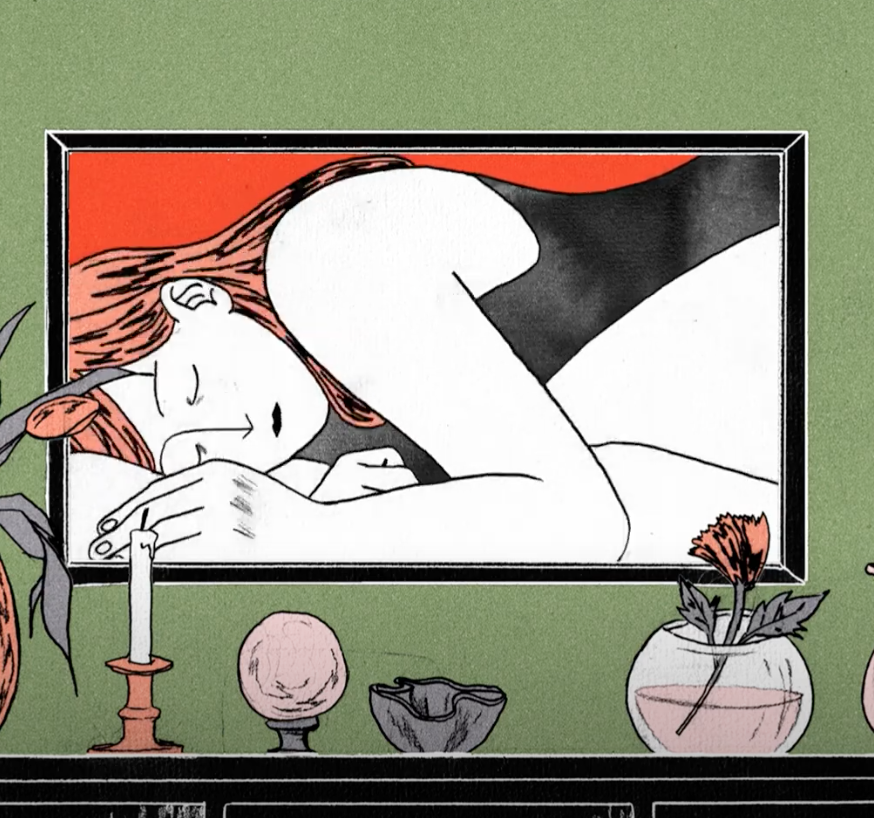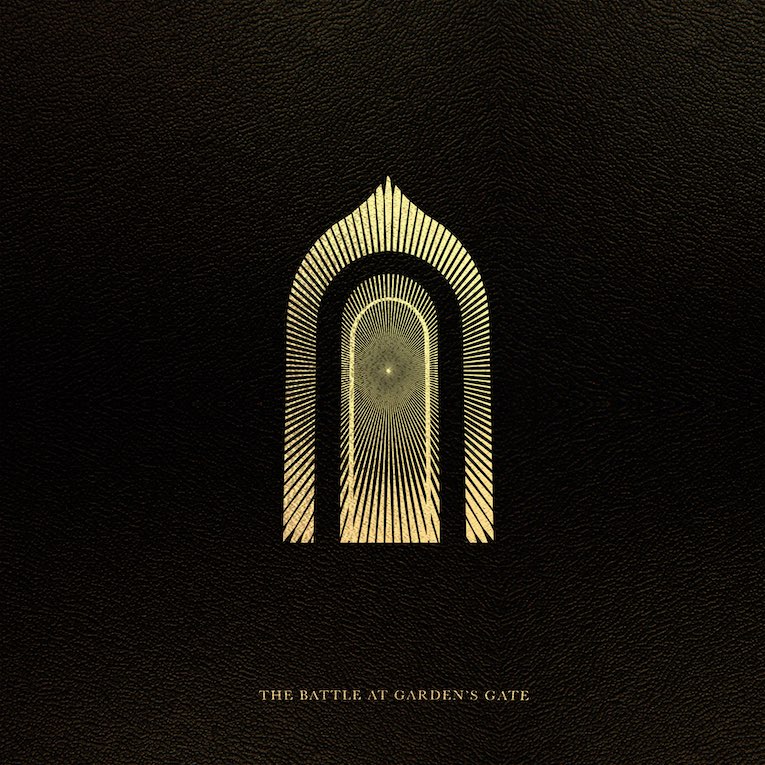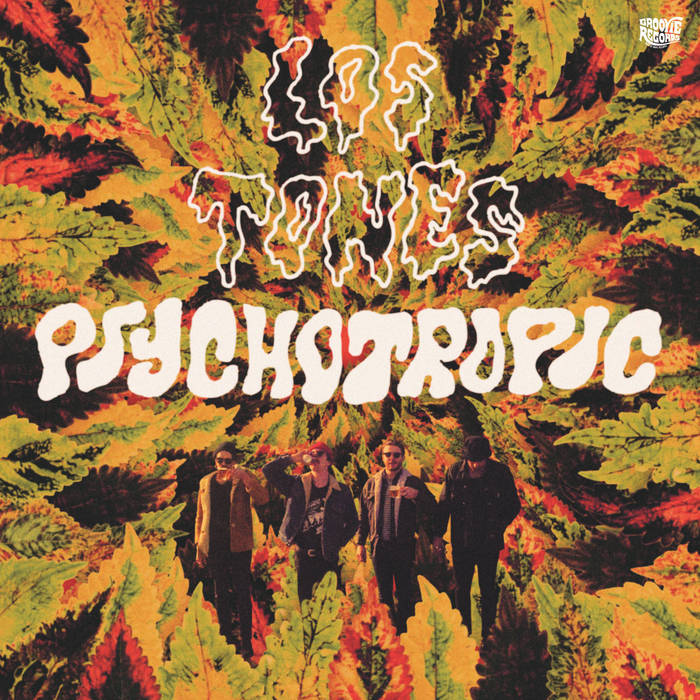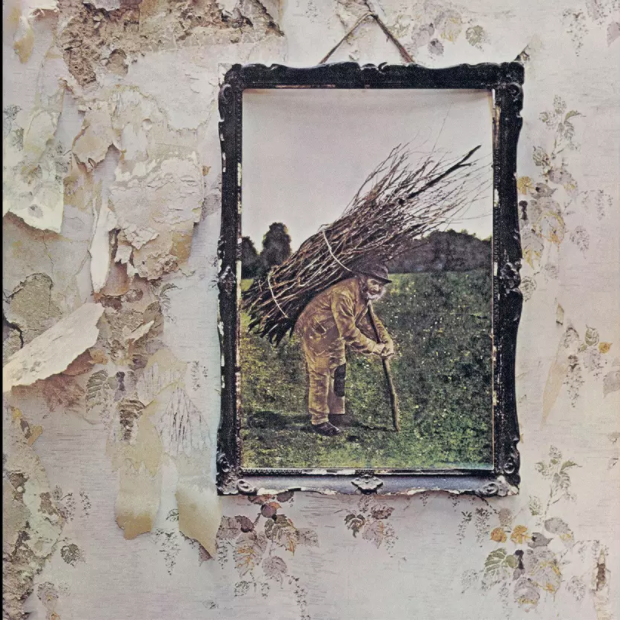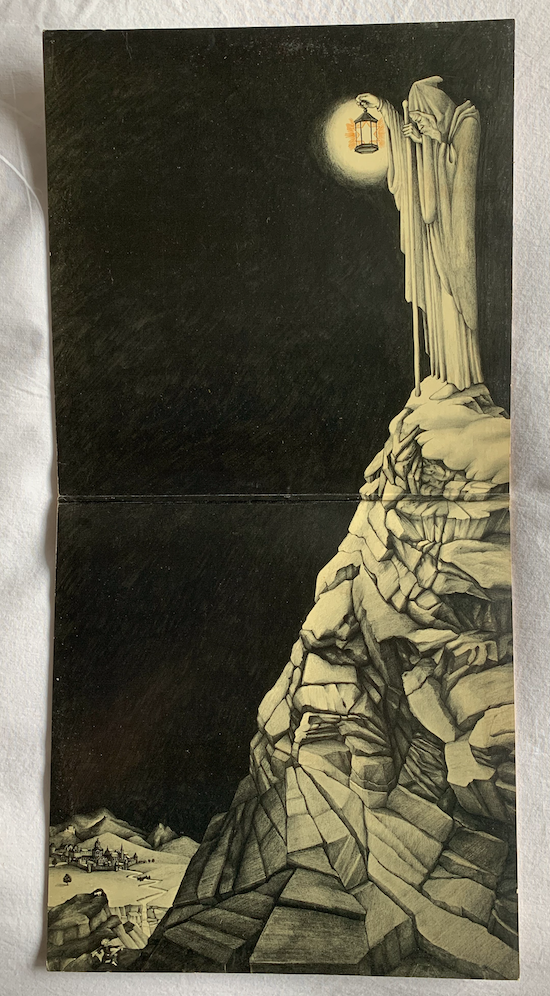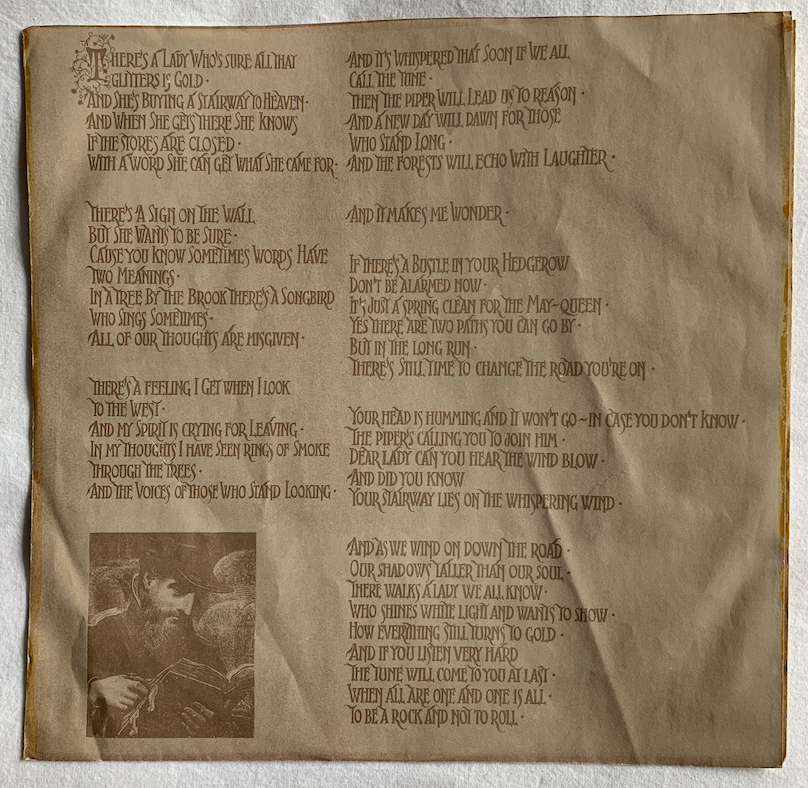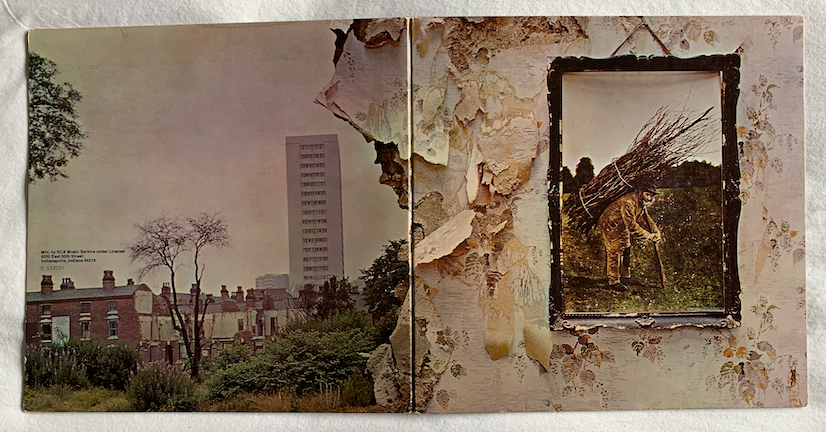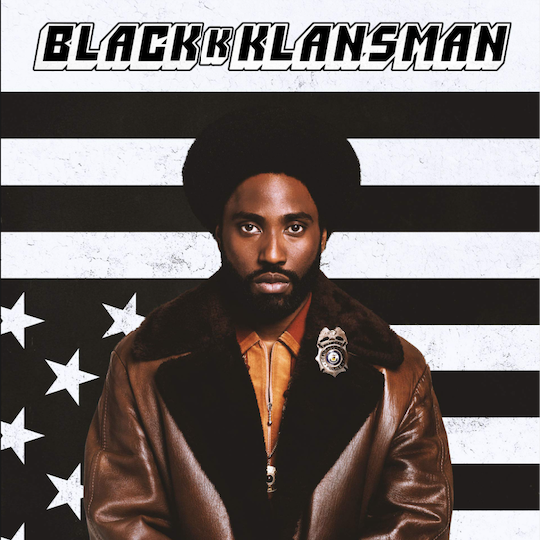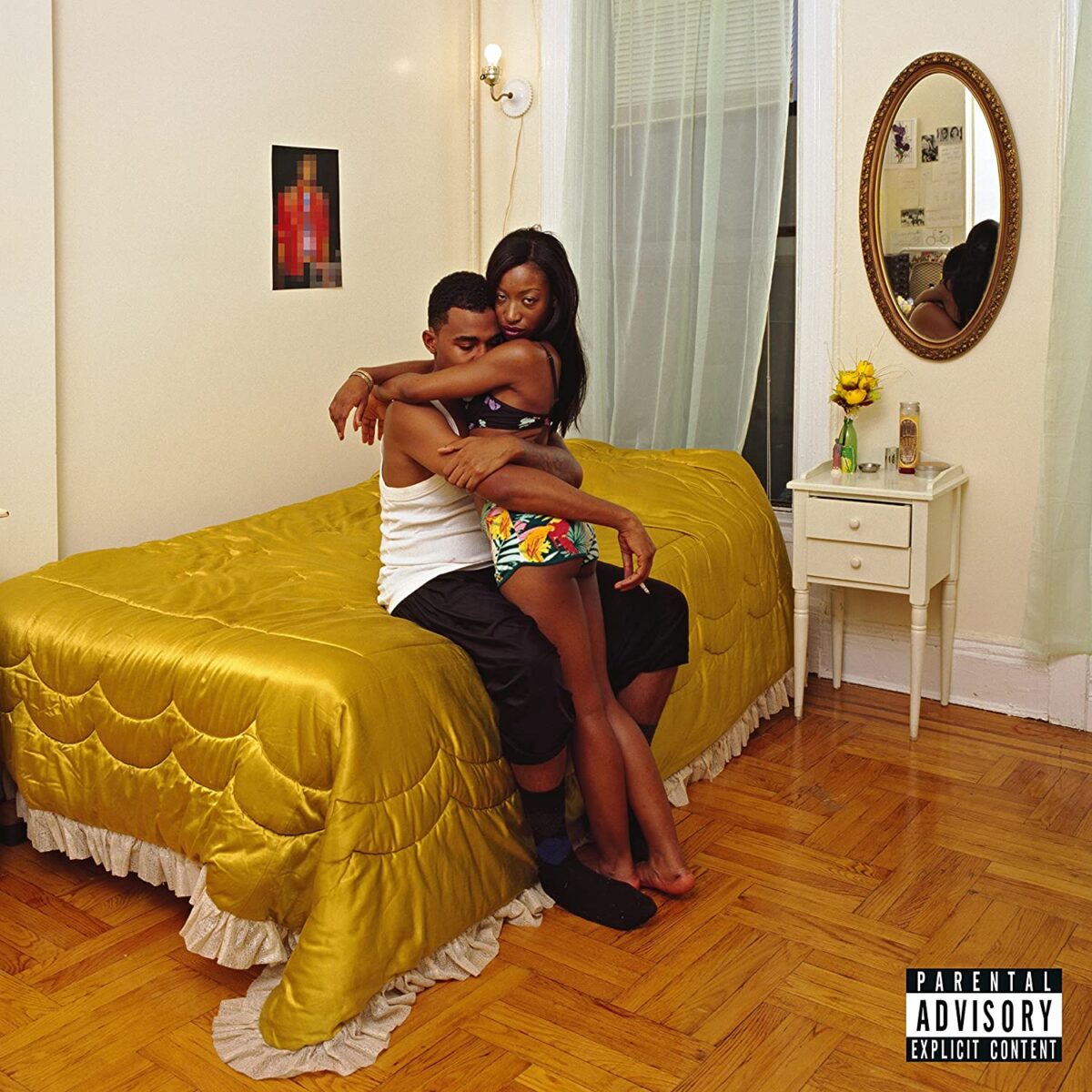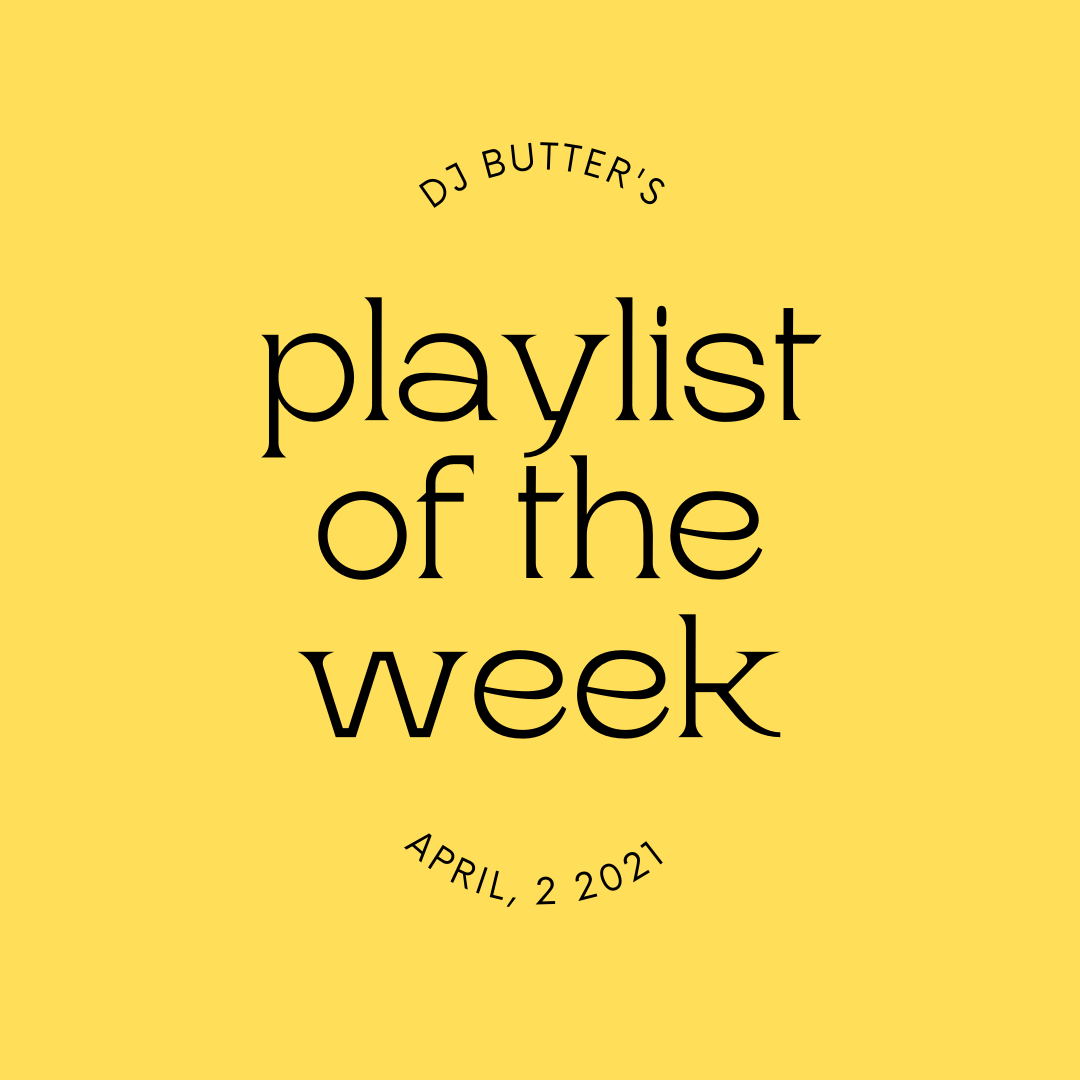Something I love about the counterculture movement is how far its influence could be felt around the world. Though it’s easy to have a very Eurocentric view when looking back at 1960s and ’70s rock, artists were experimenting with the blues, psychedelia and hard rock in every corner of the globe. Some of the most notable movements include Zamrock from Zambia (which you can read more about in DJ Chippypants’ recent blog) and Tropicália in Brazil. Japan also had an incredible psychedelic rock scene, featuring bands like The Mops and Flower Travelin’ Band. But one of the most iconic cult bands to emerge from the Japanese acid rock stages were Speed, Glue & Shinki.
Led by Shinki Chen on guitar, the trio only released two albums before they went their separate ways in 1972. Before their breakup, Shinki put out a fantastic self-titled solo album. Only being 21 at the time, his guitar skills gained him comparisons to Jimi Hendrix, and with good reason. “Shinki Chen” (also known as “Shinki Chen & His Friends”) is a revolutionary album. Though only seven songs long, each one is rich with fuzzy riffs and heavy basslines. Shinki’s powerful, raspy vocals flow across the entire record like smooth butter. After starting off with glittering, ambient strangeness in “The Dark Sea Dream,” Shinki quickly shifts between Sabbath-like force and sludgy blues throughout the album. It’s a great balance between the dreamy feeling of psychedelia and the intensity of old-school metal.
Oh, how I wish it were longer! The only downside to Shinki Chen’s solo work is that it was so short-lived, but I guess that’s part of what makes him such a special artist. Give him a listen!
– DJ Butter


